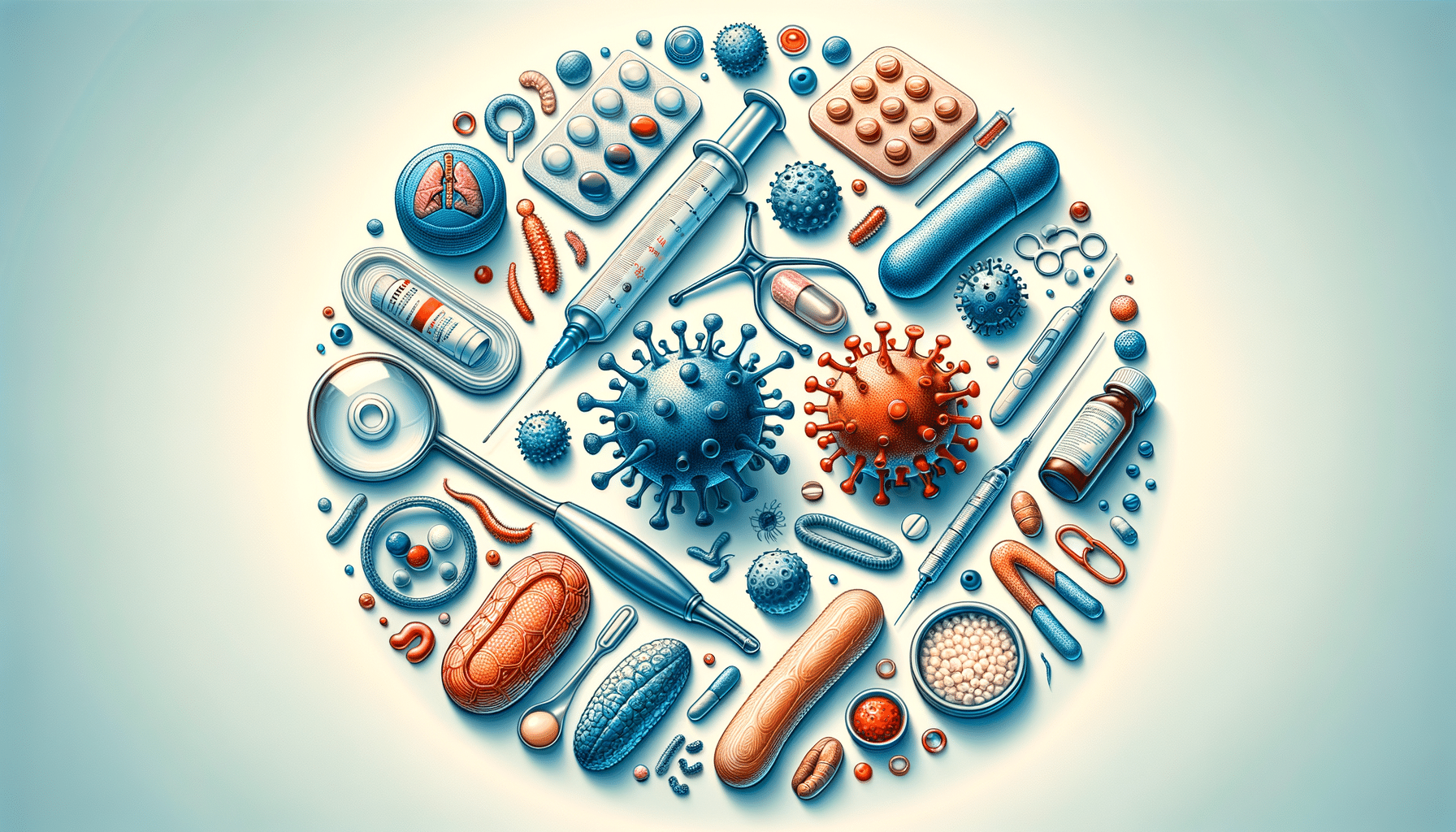
STD Symptoms: What to Know and How to Stay Safe
Introduction to STD Symptoms and Their Importance
Sexually transmitted diseases (STDs) can have a profound impact on an individual’s health and well-being. Recognizing the symptoms early is crucial to prevent long-term health complications. STDs can affect anyone who is sexually active, regardless of age or gender, making awareness and education vital. In this guide, we will delve into the common symptoms associated with STDs, explore their causes, and provide practical tips for prevention and safety.
Common Symptoms of STDs
Understanding the symptoms of STDs is essential for early detection and treatment. While symptoms can vary depending on the specific infection, there are several common signs to be aware of:
- Unusual Discharge: One of the most common symptoms is an unusual discharge from the genitals. This can be a different color, texture, or smell than usual.
- Painful Urination: Experiencing pain or a burning sensation while urinating can be a sign of an STD.
- Sores or Bumps: The appearance of sores, blisters, or bumps on the genitals or surrounding areas can indicate an infection.
- Itching and Irritation: Persistent itching or irritation in the genital area may suggest an underlying issue.
- Swollen Lymph Nodes: Swelling of the lymph nodes, particularly in the groin, can occur with certain STDs.
It’s important to note that some STDs can be asymptomatic, meaning that an individual may not experience any noticeable symptoms. Regular testing is crucial for sexually active individuals to ensure early detection and treatment.
Understanding the Causes of STDs
STDs are primarily caused by bacteria, viruses, or parasites that are transmitted through sexual contact. Understanding these causes can help in prevention efforts:
- Bacterial Infections: STDs such as chlamydia, gonorrhea, and syphilis are caused by bacteria. These infections are typically treatable with antibiotics if caught early.
- Viral Infections: Viruses like human papillomavirus (HPV), herpes simplex virus (HSV), and human immunodeficiency virus (HIV) are responsible for viral STDs. While some viral infections can be managed, they are not curable.
- Parasitic Infections: Trichomoniasis is an example of an STD caused by a parasite. It is treatable with medication.
Transmission usually occurs through unprotected sexual contact, including vaginal, anal, and oral sex. Engaging in sexual activities with multiple partners or with individuals whose STD status is unknown increases the risk of contracting these infections.
Tips for Staying Safe and Preventing STDs
Prevention is key when it comes to STDs. Here are some practical tips to help reduce the risk of transmission:
- Use Protection: Consistently using condoms or dental dams during sexual activities can significantly reduce the risk of contracting STDs.
- Regular Testing: Regular STD testing is crucial, especially for those with multiple partners. Early detection allows for prompt treatment and reduces the risk of transmission.
- Open Communication: Discussing STD status and sexual health with partners is important for mutual safety and understanding.
- Limit Partners: Reducing the number of sexual partners can lower the risk of exposure to STDs.
- Vaccination: Vaccines are available for certain STDs, such as HPV and hepatitis B. Getting vaccinated can provide protection against these infections.
By adopting these preventive measures, individuals can protect themselves and their partners from the potential health impacts of STDs.
Conclusion: Prioritizing Sexual Health
STDs can have serious health consequences if left untreated, but early detection and prevention are within reach. Understanding the symptoms, causes, and preventive measures is crucial for maintaining sexual health and well-being. Regular testing, open communication, and safe practices can help individuals lead healthy and fulfilling lives. By prioritizing sexual health, we can reduce the prevalence and impact of STDs in our communities.


